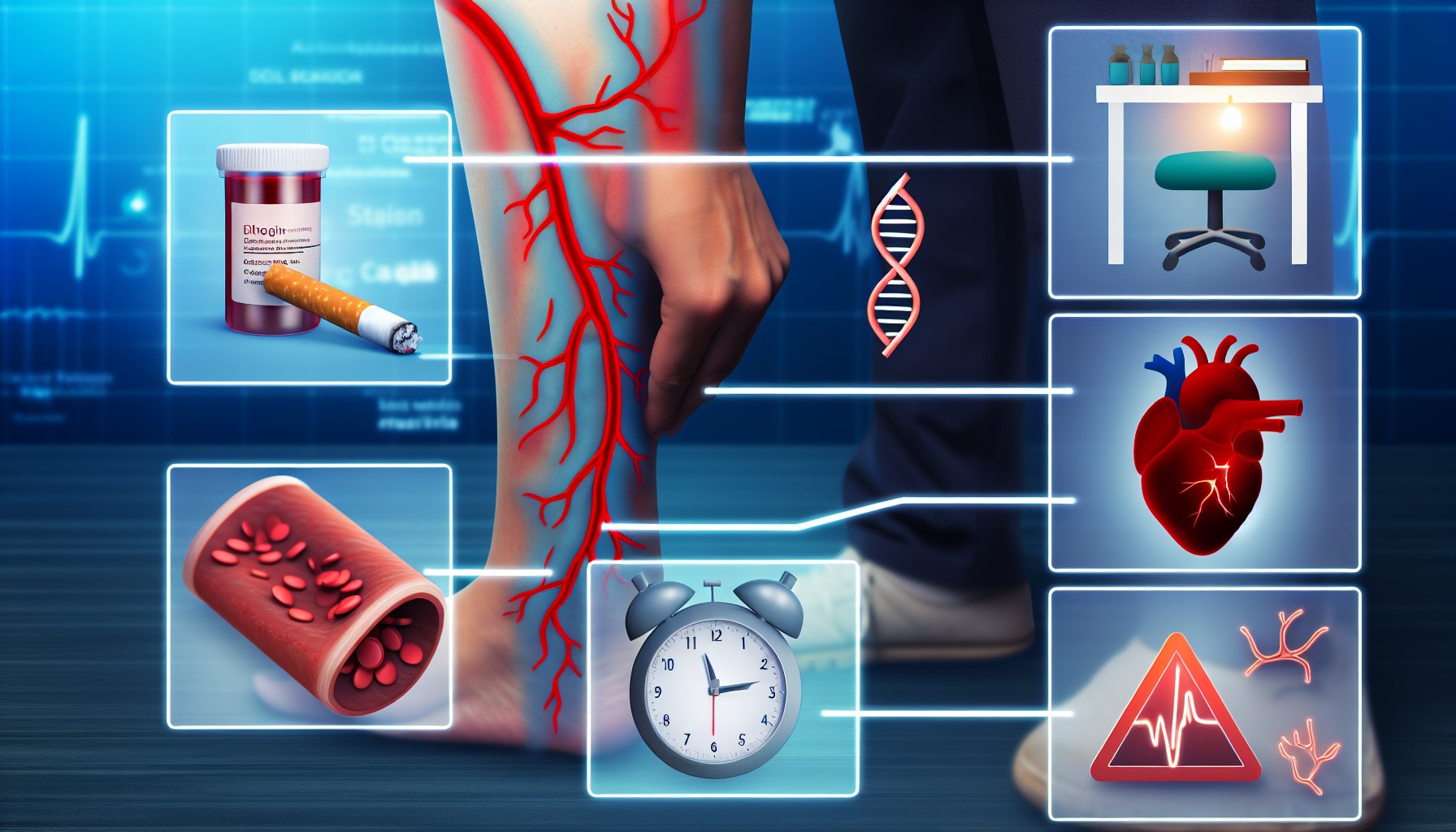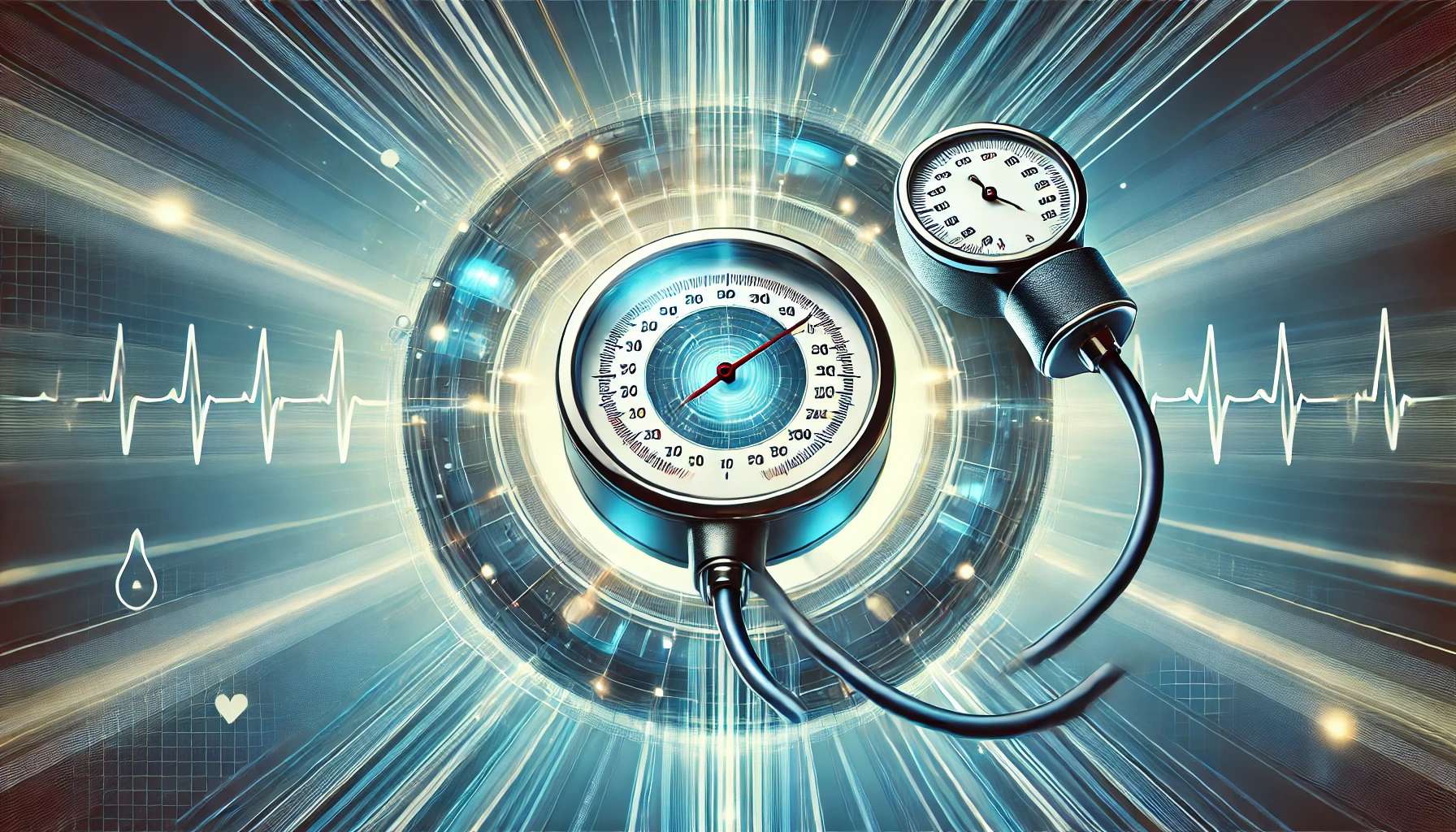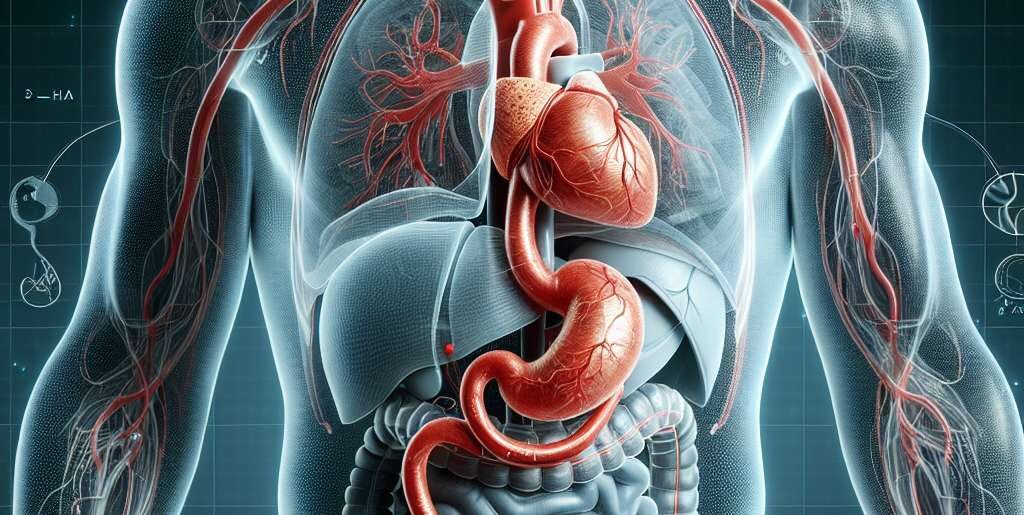Ad Blocker Detected
Our website is made possible by displaying online advertisements to our visitors. Please consider supporting us by disabling your ad blocker.
Atherosclerosis isn’t just a medical term—it’s a ticking time bomb, working silently behind the scenes to undermine your health. This sneaky condition takes root in the arteries, the crucial highways transporting blood throughout your body. Over time, plaque—a nasty cocktail of cholesterol, fatty deposits, and other substances—builds up, narrowing these pathways. With less room for blood to flow, vital organs like your heart and brain are left gasping for nourishment. The stakes? Think of heart attacks, strokes, and worse. Let’s unravel this silent threat, exploring its insidious nature, symptoms, risk factors, and ways to fight back.
What Is Atherosclerosis, Really?
Atherosclerosis doesn’t scream for attention. It’s more like a whisper—barely there, until one day, it shouts. It starts with the endothelium, the delicate lining inside your arteries, getting roughed up. High blood pressure? Smoking? Junk food? All culprits. Once the damage is done, LDL cholesterol (the “bad guy”) swoops in, lodging itself in the injury like an uninvited guest. Over time, white blood cells, calcium, and even muscle cells join the party, forming stubborn plaques that choke your arteries. And it doesn’t stop there. If one of these plaques ruptures, it can spill its contents into your bloodstream, like an overturned dump truck on a highway. The result? Clots that block blood flow entirely, potentially causing catastrophic events like heart attacks or strokes.
Symptoms: The Subtle Warning Signs
If Atherosclerosis were a villain, its superpower would be stealth. Symptoms don’t show up until the condition has already wreaked havoc. When they do appear, here’s what you might notice:
- Chest Pain (Angina): Like a vice grip on your chest, angina flares up during stress or exercise and eases when you rest.
- Shortness of Breath: Your heart struggles to meet your body’s oxygen demands, leaving you winded even after minimal effort.
- Leg Cramps (Claudication): Pain while walking could mean the arteries in your legs are compromised.
- Fatigue: Your muscles and organs are running on fumes.
- Erectile Dysfunction: A warning light for men, often overlooked.
These symptoms can overlap with other conditions, so don’t self-diagnose—get a professional opinion.?
The Culprits: Risk Factors for Atherosclerosis
Let’s get real. Atherosclerosis doesn’t play favourites, but some folks are more likely to attract its attention:
- Hypertension: High blood pressure weakens artery walls, making them easier targets.
- Smoking: Each puff damages your arteries and invites cholesterol to settle in.
- Diabetes: Blood sugar spikes wreak havoc on vessels.
- Genetics: If heart disease runs in your family, so might this.
- Ageing: Over time, wear and tear on arteries accumulate.
- Gender: Men face it earlier, but postmenopausal women catch up fast.
And let’s not forget obesity, sedentary lifestyles, and diets high in junk—all accelerators on this dangerous road.
Fighting Back: Treatments and Tactics
The goal isn’t just survival—it’s reclaiming control. Here’s how:
- Lifestyle Overhaul:
- Heart-Healthy Eating: Goodbye greasy cheeseburgers; hello leafy greens and whole grains.
- Get Moving: Thirty minutes of daily exercise is your new best friend.
- Quit Smoking: No ifs, ands, or butts—just quit.
- Medication Arsenal:
- Statins: To keep LDL cholesterol in check.
- Blood Pressure Meds: Keep those numbers down.
- Blood Thinners: Prevent clots from forming.
- Medical Procedures:
- Angioplasty and Stenting: Think of it as clearing out a clogged pipe.
- Bypass Surgery: Creating a detour around blocked arteries.
Can It Be Prevented?
Absolutely. Prevention isn’t just possible—it’s essential:
- Eat Smart: Keep saturated fats and sodium to a minimum.
- Move More: Even a brisk walk can work wonders.
- Stop Smoking: Period.
- Stay Vigilant: Regular checkups can spot red flags before they escalate.
Final Thoughts
Atherosclerosis doesn’t have to be a death sentence. By understanding its risks, recognizing the warning signs, and taking proactive measures, you can outsmart this silent saboteur. Don’t wait for symptoms to strike—take charge of your heart health today.
Spread the word. Save a life.
Disclaimer: This isn’t a substitute for medical advice. Always consult a professional for health concerns.





